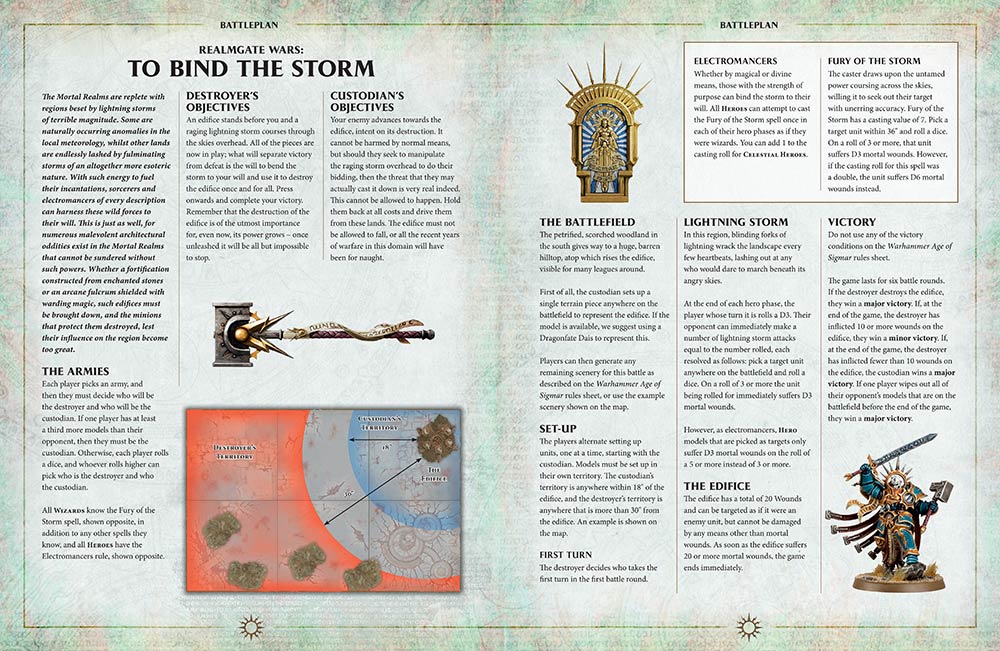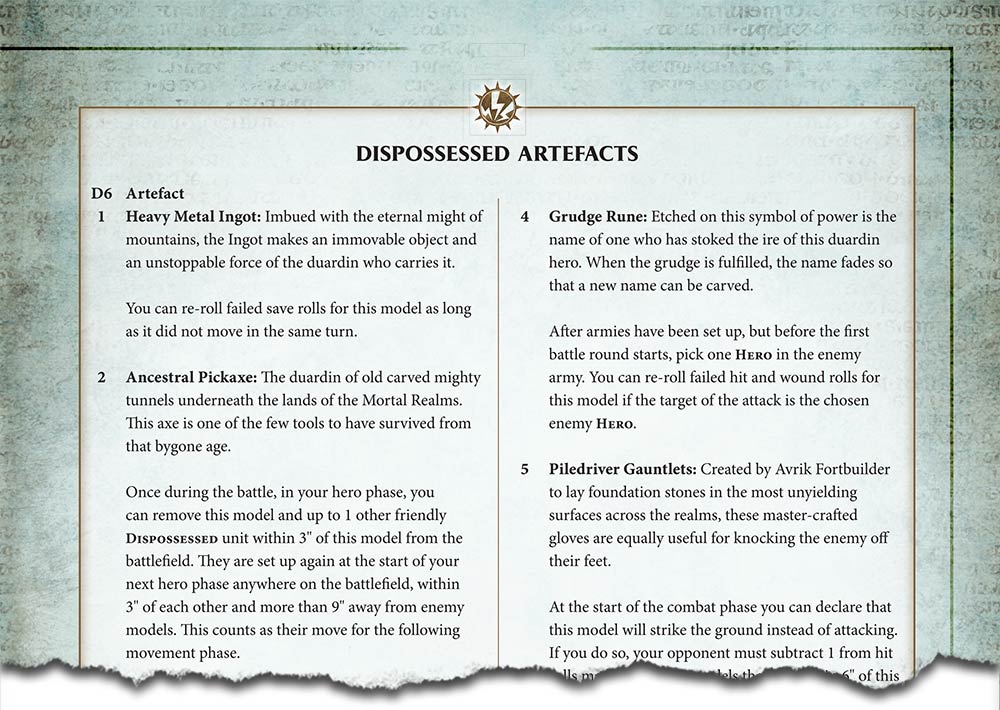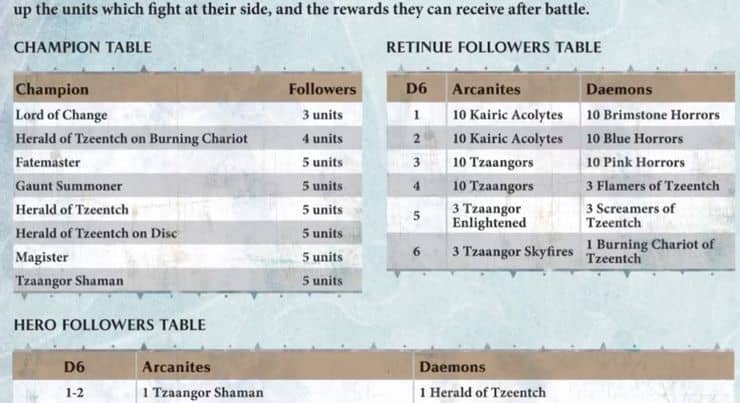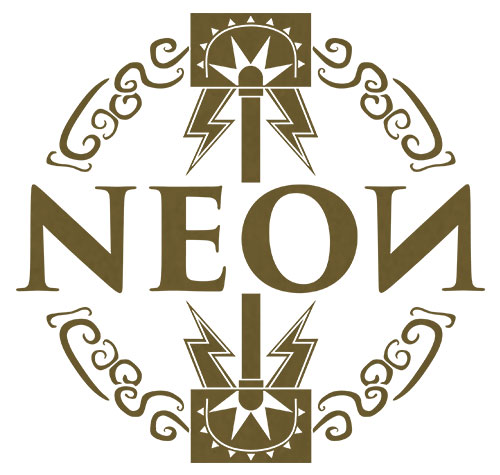This is the first draft material for "The Enemy Within" campaign for Mordheim Empire in Flames.
This post includes an overview and details about the campaign, and rules for the Campaign Turn and Mission Generation, Exploration tables and Encampment rules, as well as a few new Scenarios and a description of what Objectives will be available.
Here it is finally, some *actually new* material for Mordheim.
This campaign has been my effort to expand
'The Empire in Flames' setting for Mordheim into a fully-fledged narrative campaign, following in the footsteps of
Border Town Burning and
Mutiny and Marienburg (currently still in production).
Our previous campaign in the Empire, "Empire Burning", allowed me to fully test this campaign system, and the diversity in scenarios together with the interaction with Objectives worked really well (pending a few optimizations).
I chose to focus on the famous Warhammer Fantasy Roleplay campaign 'The Enemy Within', acclaimed for its roleplay challenges of intrigue, investigation and political turmoil. This has led to me going into a more in-depth exploration of the old modules for 1st Edition Warhammer Roleplay, as well as 2nd edition modules, and gathering information from a few Black Library novels. And oh boy, the fun you can bring to Mordheim...
The amount of research I had to do surprised me, as the more I delved into the background and stories in those modules and books, the more I wanted to convey that feeling of cloak-and-dagger adventure, out-of nowhere backstabbing betrayals and political power play, and the more I had to research.
So without further ado, this is what you can expect from the campaign :
Overview:

 "The Enemy Within"
"The Enemy Within" is a Mordheim campaign set in the Empire of Sigmar, expanded from the rules and scenarios set out in the
"Empire in Flames" campaign setting.
The campaign takes direct inspiration from the much-acclaimed Warhammer Fantasy Roleplay 6-book campaign
"The Enemy Within", which set a standard for intrigue and diplomacy in many other fantasy roleplay games for the following decades.
It will involve travels through the wilderness while avoiding bands of mutants and beastmen, boat travels down the Reik, raiding on merchant escorts, exploration of forgotten dwarf mines, and attacks on outlying farms and ferries. In addition, it features investigations on cultist's hideouts, arrest of outlaws conspiring with heretic warbands, busting criminals out of jail, the search for a warpstone
meteorite, warbands which are trying to use wyrdstone dust to create
super-soldier mutants, and infiltrations on sigmarite vaults to steal
Nagash's crown of Sorcery. And of course, cultists! Cultists everywhere!
New objectives include the manipulation of Factions against each other for attain political control of a province, gathering arcane books and artefacts for a ritual to damn the whole region (either by opening a portal to the Warp or raising countless legions of the dead), acquiring a warpstone meteorite to infect all the springwaters of the province with Chaos taint, or leveraging local military power to attain glory and fame.
The campaign follows the same structure featured in
Border Town Burning and
Mutiny in Marienburg, but includes a much wider variety of scenarios (players will never get bored!). In addition, many existing scenarios have been revised to make the rules more consistent and adapted to the campaign.
 Lots of Narrative scenarios
Lots of Narrative scenarios
NEW! (Download the campaign scenario list - draft)
NEW! (Download some of the new Scenarios - draft)

The campaign includes a large list of narrative scenarios, focused in the plains, forests and villages/towns of the Empire. Great emphasis is put on random NPCs and monsters which can appear during a battle, as they can be influenced by the warbands but also the current state of political Enmity between the provinces. An Empire plunged into high levels of sectarian violence has less Watch Patrols around and more refugees in transit (so criminals and raiders can move more easily and kidnap more people).

Each scenario has been adapted so that each player's role fits a specific warband's alignment and goals. This ensures that each warband engages the scenario with a narrative-based objective: The Wardens will always play the role of protecting civilians, The Raiders will always be on the wrong side of the law and attacking settlements, etc.Furthermore, scenarios in this campaign have Experience goals that are focused on the objective that each warband is trying to accomplish. This means that not all scenarios will grant Experience for taking enemy models Out of Action, especially those that rely on capturing objects or moving stealthily across the table. This reinforces and rewards players to engage in the goal of the scenario and aim for tactics of minimal risk and maximum efficiency, as pragmatic real-life military units would.
Objectives
The Campaign features 8 new objectives, with the additional return of a community favorite. Several of these involve interaction with Locations, specific scenario objectives and Organizations to be accomplished, making decisions in the post-game phase almost as important as winning battles.
 - The Wardens
- The Wardens
Vigilant militias, watch detachments and "adventurers" (ie. thugs) hired by the local law enforcement, these bands roam the countryside apprehending bandits, rooting out conspiracies and protecting the common folk. Oftentimes, their subtle investigations may be the sole line of defense uncovering criminal and military plots against the rightful officials of the land.
 - The Zealots
- The Zealots
Religion is always a powerful force in the Empire, and in times such as these it is the rallying flag which men of courage and determination (and some with no small amount of insanity) march under to cleanse the evils of mutation and heresy from the community. Often they are grassroots movements, from one of the many religious cults of the Empire, which gather popular support around a prophet or saintly figure. And, if they survive the perils they throw themselves into, eventually official sanction from their church to persecute heretics, mutants and deviants wherever they may find them.
 - The Sellswords
- The Sellswords
Officially sanctioned militias or small private platoons, warbands often associate themselves with those in power, who can propel them to further victories and thus increase their reputation. Whether through crushing the enemies of civilization and vanquishing their lairs, or eliminating their patron's foes on a neighbouring province (or even switching patrons for a more profitable one!), Sellswords are in it for themselves, the outfit's glory and the highest bidder.
 - The Seekers
- The Seekers
A recurrence of
"The Lure of Fortune" Objective from
Border Town Burning, these are traders of specialty goods, treasure seekers or collectors of rare objects. Seekers roam the Empire plying their trade, exploring forgotten routes and getting local market contacts, in search of those ever so rare commodities to then sell in lands outside the Empire, playing political factions against each other for leverage in their dealings.
 - The Body Traders
- The Body Traders
A variant of
The Seekers Objective, these are smugglers of captives and the dispossessed, profiting in slaves from within the underworld of the Empire, and feeding the machine of war that festers at the fringes of the Empire.

- The Power Behind the Throne

The corridors of power are riddled with powermongers, manipulators and of course, cultists. What they all have in common is their tactics: some of their members are well connected and can pull strings to put other groups at odds with each other, while the rest of their armed thugs instigate provincial border wars they can exploit, and coordinate other dissident groups to cause further unrest. All for the grand power grab to seize control of the Province.
- The Cabal

There is no shortage of illegal magic-users, chaos-worshipping cultists and aspiring necromancers hiding away from the eyes of the law, stealthily courting the underground markets for scraps or forbidden lore, or digging up old graveyard and ruins in search of tainted heirlooms. Are they preparing for some foul necromantic ritual to seal away the power of the Gods throughout the land? Or to summon the physical presence of a Greater Daemon to the world?
- The Raiders
The borders and wild forests of the Empire teem with those would undo it: the Norsemen, the Orcs & Goblin hordes, the herds of Beastmen, and even the bands of mutants fugitive from the eyes of the law and church. These malcontents, anarchists and savages seek every opportunity to sneak close to civilized lands, to snatch away their people and raid their possesions for all they are worth.

- The Host of Horrors

Among those who seek domination over the lands of the Empire, some have decidedly a more scientific approach, one involving the wellspring of power that is Dark Magic. The substance know as warpstone (or wyrdstone among the common folk) can act as a catalyst for all sorts of wondrous (and horrific) effects on living subjects, harbouring the potential to raise a force of deadly super-soldiers and monsters in a fraction of the time it would take to raise a conventional military outfit. While the most well-known to make use of such tactics are the rat-men, their application is not lost on the many chaos warbands and cults, as well as some of the more creative necromancers.
Exploration and Encampments
NEW! (Download Exploration tables & Encampments rules)
The campaign features revamped Explorations tables, expanded from
The Empire in Flames to include the new Objectives and the Enmity system, and few more surprises here and there.
A new feature, that has already been hinted at during the development of
Mutiny in Marienburg, is the opportunity of warbands to acquire Encampments.
 Originally designed
Originally designed by Steve "Grafix" Gibbs, Steven Hambrook and Nick Kyme, these add a lot of narrative and customization to a warband.
Once a warband finds one and decides to settle, they may gain bonuses (or penalties!) depending on the type of site. The simplest Encampments, such as Houses and Ruins, are easy to find in Exploration, and there is little risk that other warband will find it (there are so many more like it!). But the best potential lairs, such as the Catacombs of the UnderTown or the Barracks, require higher rolls, but there is more likelihood to actually find it belongs to another warband, if they have already claimed it. Often, such lairs are in a state of disrepair, and require significant effort from the warband to rebuild it.

Settling on an Encampment is relevant, as being selected as an opponent in Ambush Scenarios without one carries a high risk that the warband will be caught off-guard around their campfires (the "Camp Assault" scenario) and may be robbed blind. Having an Encampment not only changes the scenario to a more defensible position (the "Encampment Raid" scenario), but enables the warband to improve the site with barricades, pallisades, kennels & stables, traps, secret tunnels, you name it.
NEW! Locations

First introduced in
Mutiny in Marienburg, Locations can be visited by Heroes during the post-battle phase instead of searching for a Rare item, to re-supply, investigate, search for special items or to gain the support of Organizations. These allow warbands to pursue non-combat goals and sneaky strategies, which can translate into very unpredictable campaign outcomes, as well as obtaining important achievements that contribute to their Objectives.

Count on seeing trips to the surgeon and prayer shrines, a small stop by a a local tavern (where all sorts of trouble can happen) or a search by the Black Market or tainted goods. For those who rather avoid the eyes of civilization, there is a whole slew of other places they can visit, such as abandoned mines where traces of warpstone may still be found, a quick raid on a defenceless farm or wagon, to grab slaves or supplies, or even a visit to an unholy shrine to pray for "blessings".
Many of these locations are not without their degree of risk (as the locals may not take kindly to the Hero's face or manners, for one reason or another), but the potential rewards are worth the attempt.
NEW! Enmity in the Empire
(Download Enmity Campaign levels - draft)

Each warband that is following one of the Lawful or Neutral Objectives (The Wardens, The Zealots, The Sellswords or The Seekers) will be automaticaly affiliated with a Province of the Empire. And from there comes a big source of conflict and grief: a central core of the campaign narrative is that warband actions may indirectly (or direct but unintentionally!) cause Provinces to develop Enmity towards each other, and force the warbands to stick with their side while the hostilities increase. This can break alliances between warbands, and increase the level of unrest in the Empire which drains resources from the Watch, militias and military patrols, (affecting their random appearances during battles and in Exploration) substituting them with refugees from the growing civil conflict.
NEW! Organizations

Organizations are entities which warbands can enter a contract with, gaining some form of support while having to either pay some cost or keep winning particular missions to keep that support. The aid Organizations can provide is extremely varied, from discounts on specific items or services (such as wyrdstone appraisal or surgery) to greater access to missions (and challenging first) and other special campaign effects. Often such contracts will make a
Dramatis Personae join the warband as an overseer and liaison. For some Organizations, failure to keep up with the costs of belonging to it may even result in retaliation, and assassins coming after your warband.
*************************************
(page layout design originally by Cianty and Werekin, and all the other talented collaborators who put together Border Town Burning)
And this is it for now. This has been the last ~1,5 years of work and optimization, and now is coming together into something concrete.
There is more stuff that is
still not yet ready for upload and is very much in drafty format, but I am working on it to get them out soon.
Comments, feedback, inflamatory remarks, etc all welcome.
Cultists!! Cultists everywhere!!!!
Anyone can be a mutant!!!
muhahaha!!




















































